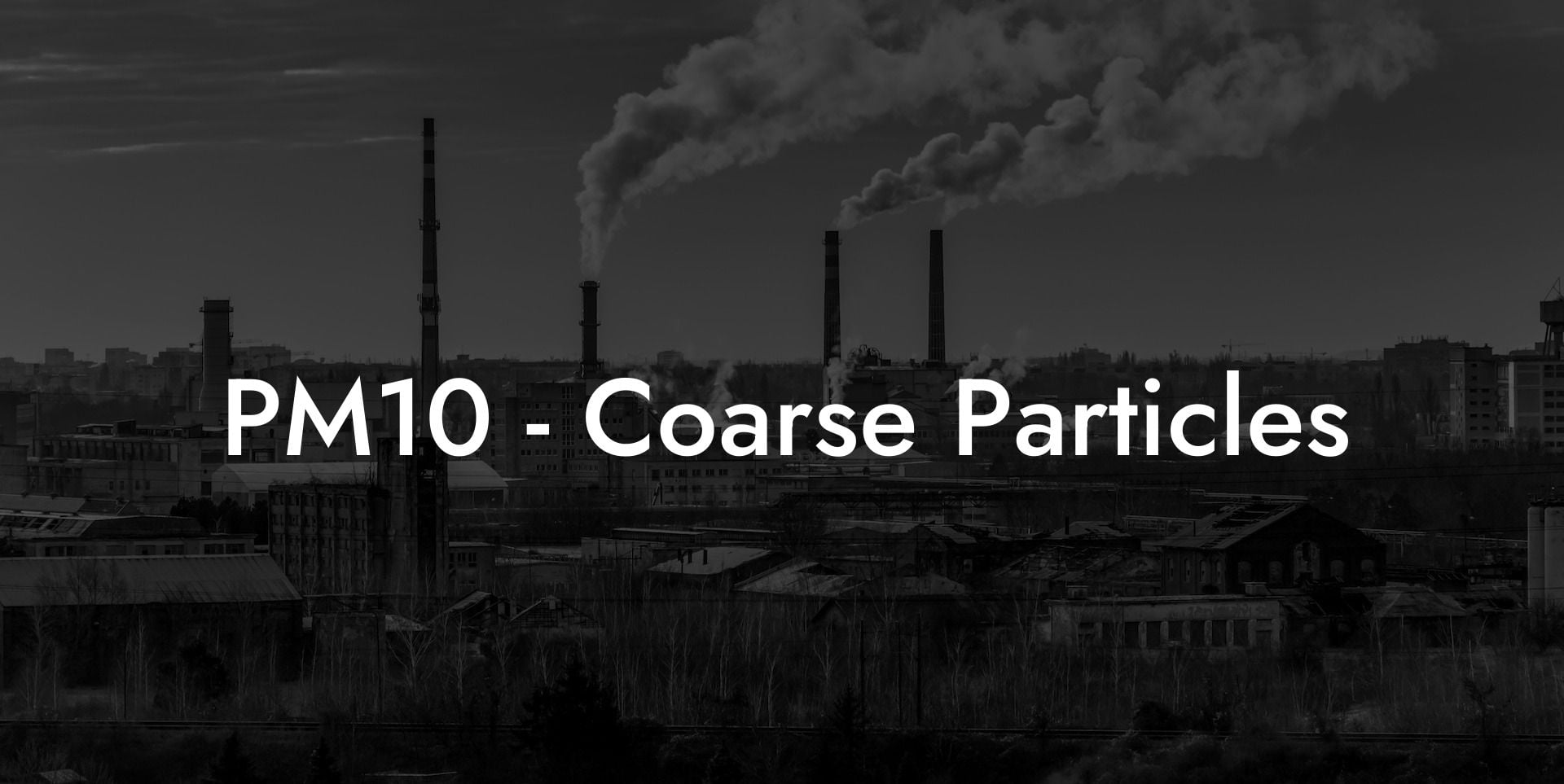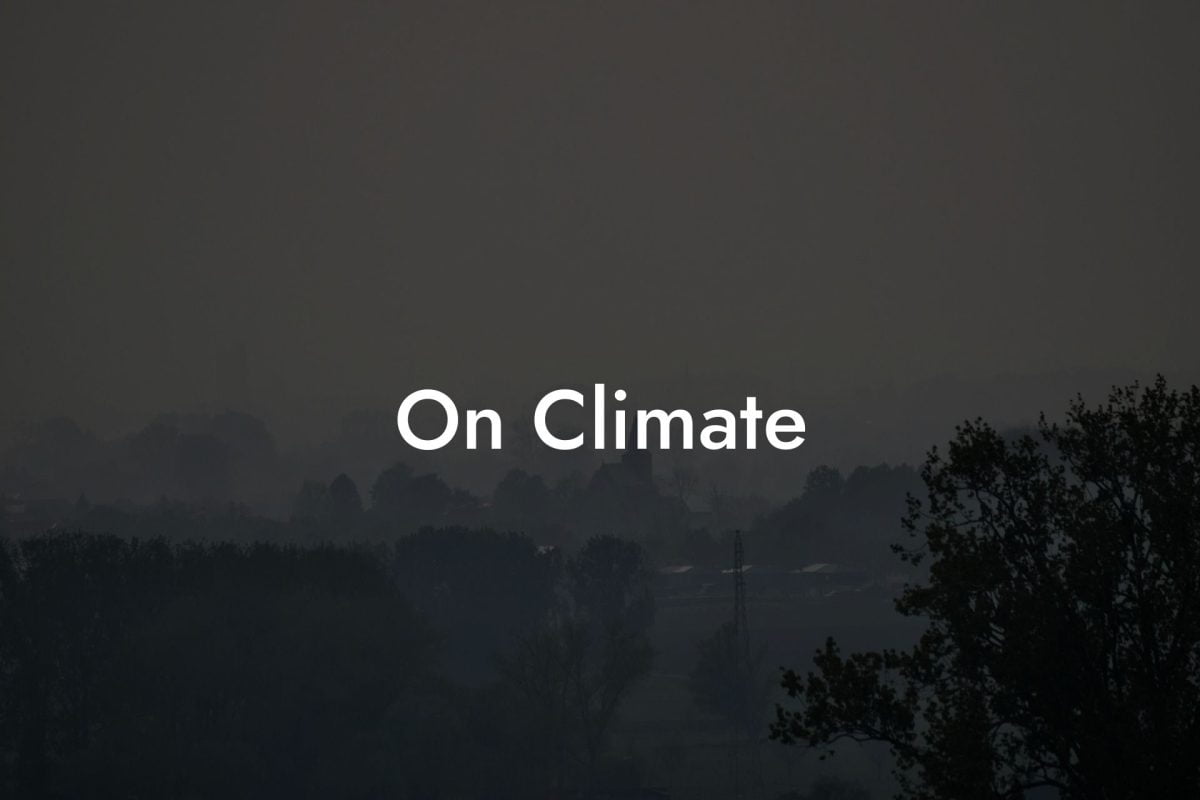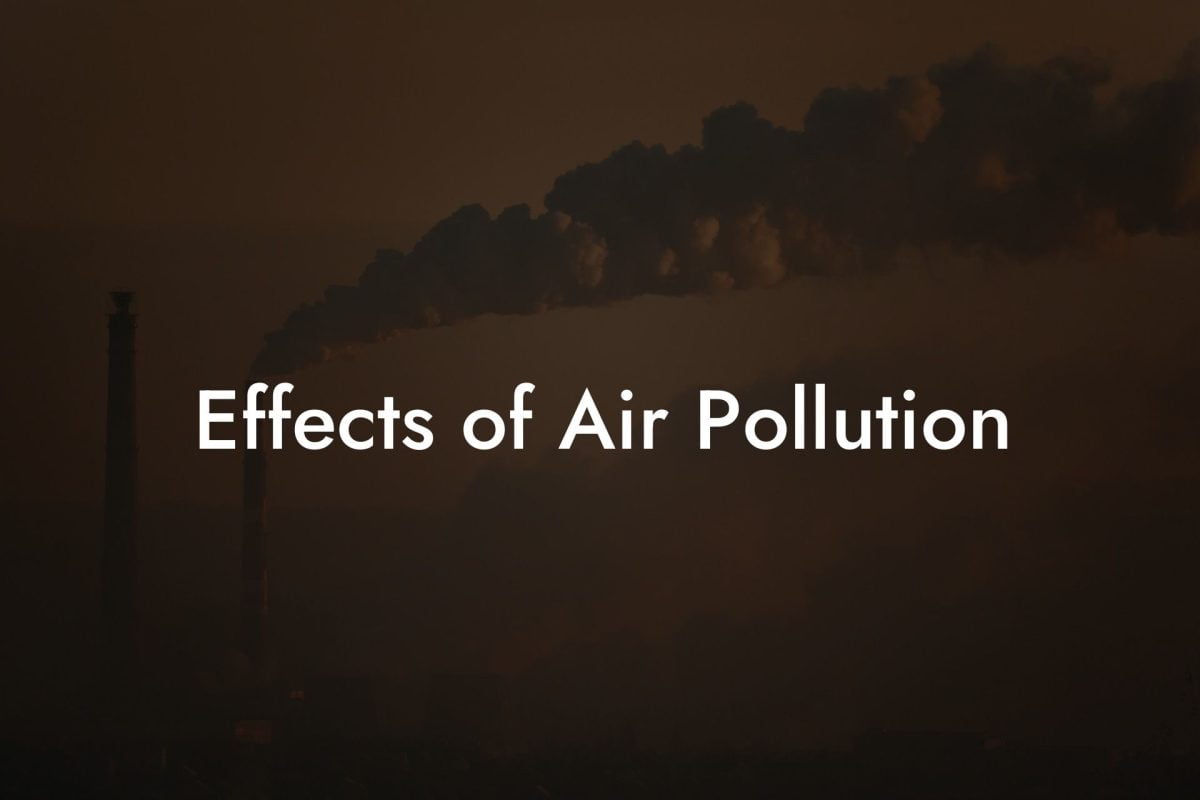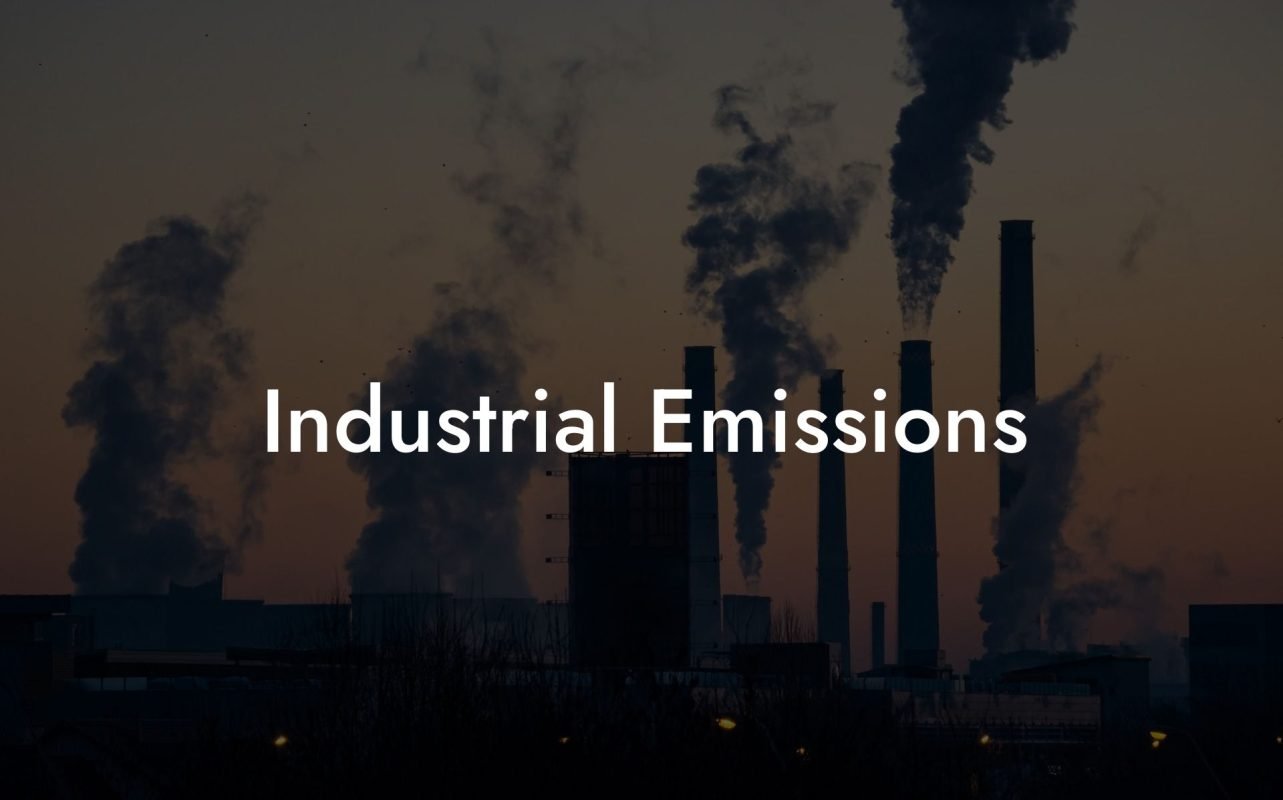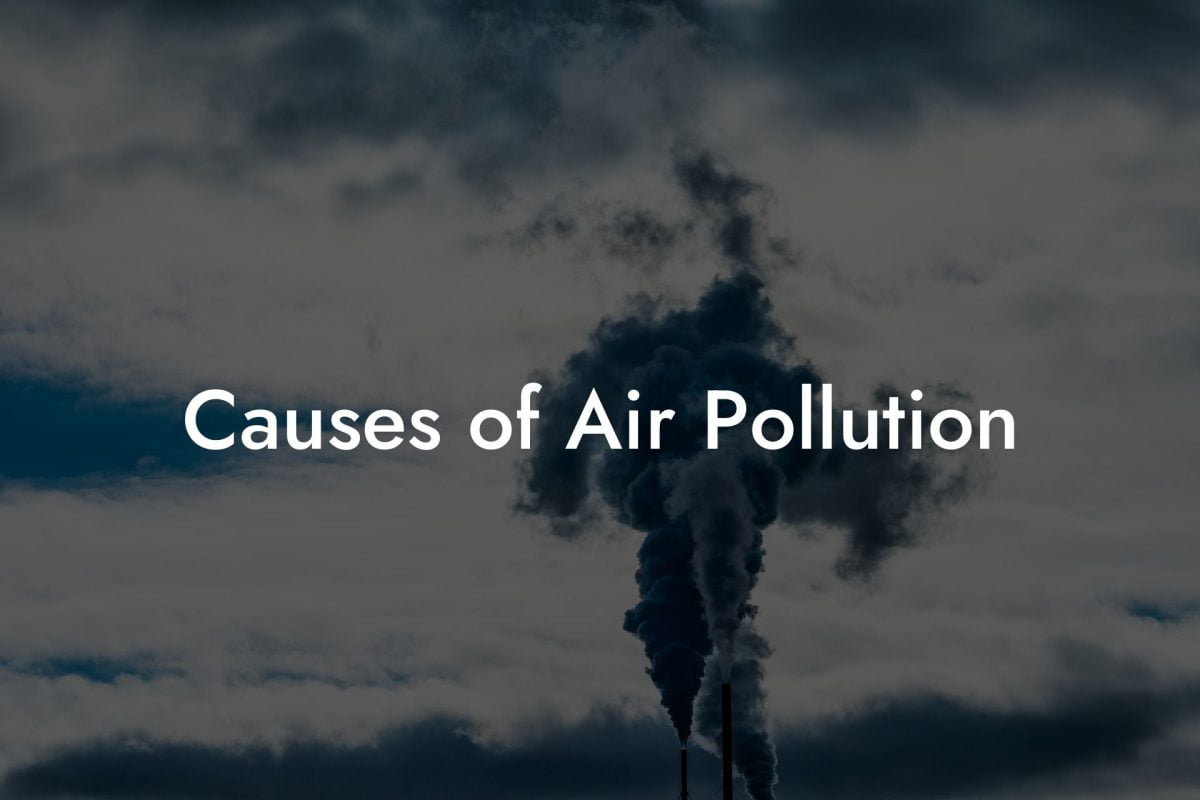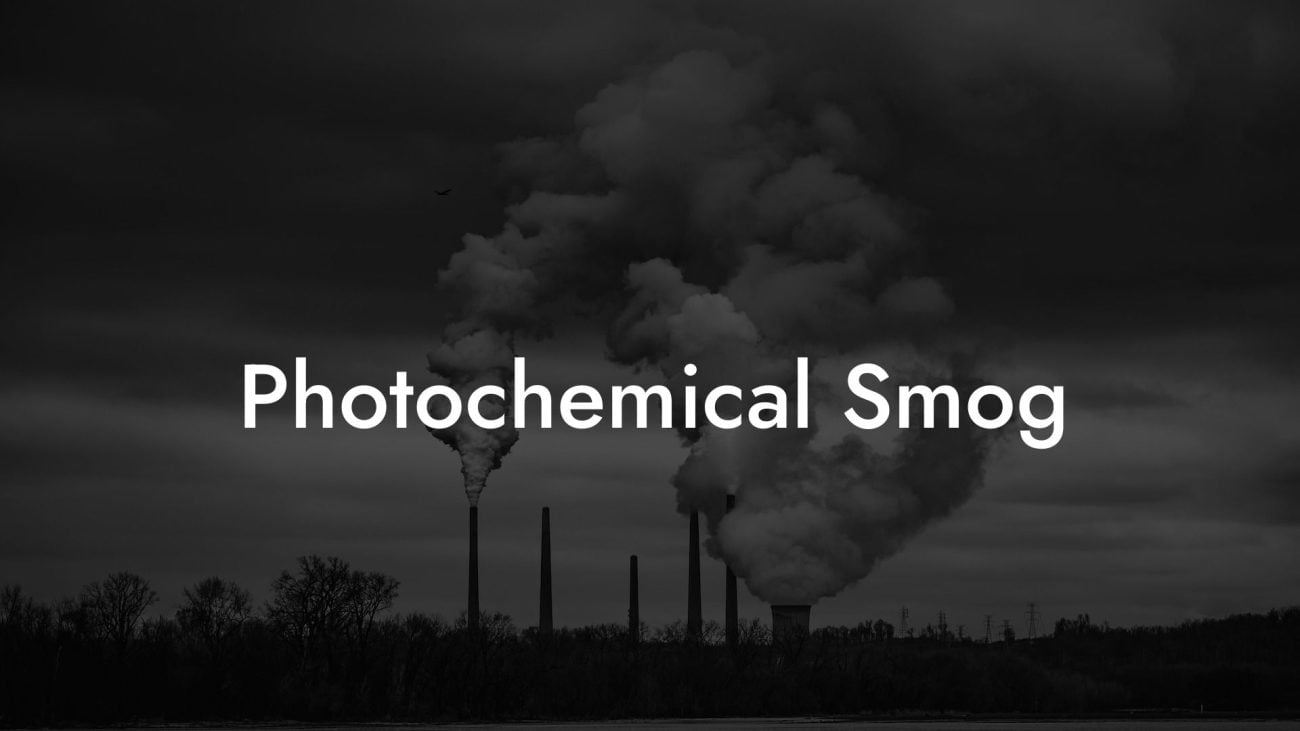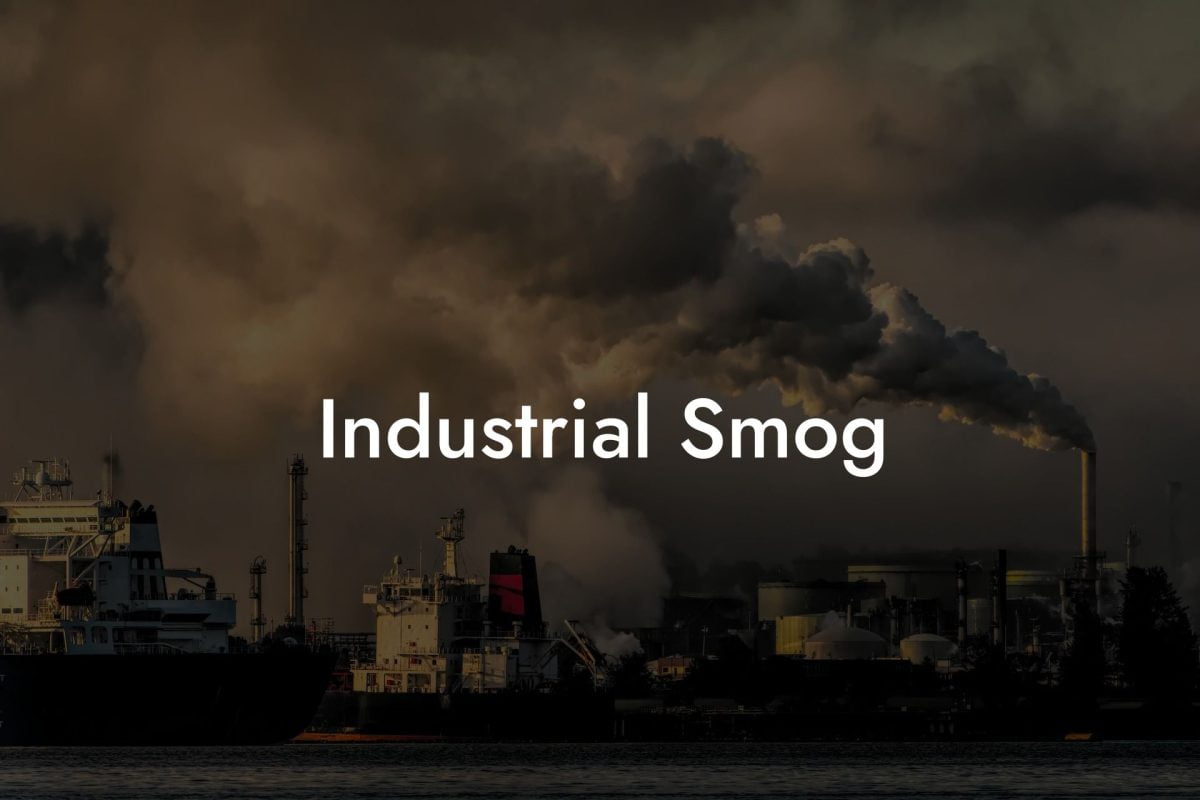Introduction to PM10
PM10 refers to particulate matter with a diameter of 10 micrometers or smaller. These coarse particles, though larger than their PM2.5 counterparts, pose significant health and environmental risks.
Definition and Characteristics of PM10
PM10 particles are small enough to be inhaled but large enough to be seen with the naked eye under certain conditions. They consist of a variety of components including dust, pollen, mold, and metals.
Sources of PM10
Natural Sources
Natural sources of PM10 include dust from roads, fields, and construction sites, as well as particles generated by wildfires and volcanic activity.
Human-Made Sources
Significant human-made sources include industrial processes, vehicle emissions, and the burning of biomass and fossil fuels.
Health Impacts of PM10
Respiratory and Cardiovascular Issues
Inhalation of PM10 can cause health problems such as aggravated asthma, respiratory infections, and heart diseases.
Vulnerable Populations
Children, the elderly, and individuals with pre-existing respiratory and cardiovascular diseases are more susceptible to the health effects of PM10.
Environmental Effects of PM10
Visibility Reduction
PM10 particles contribute to reduced visibility or haze, particularly in urban and industrial areas.
Impact on Plants and Ecosystems
These particles can damage sensitive plant species and affect biodiversity and ecosystem health.
Monitoring PM10
PM10 is routinely monitored at air quality stations, which provide data for assessing compliance with air quality standards.
Satellite and Remote Sensing Technologies
Advancements in remote sensing technologies enable broader monitoring of PM10 on a regional and global scale.
Regulatory Standards for PM10
National and International Guidelines
Various countries and international organizations have established guidelines and standards for PM10 concentrations to protect public health.
In the UK, specific targets and objectives are set for PM10 concentrations to ensure public health protection.
Reducing PM10 Levels
Industrial Emission Controls
Implementing emission control technologies in industries can significantly reduce PM10 emissions.
Traffic Management
Policies aimed at reducing vehicular traffic and promoting cleaner transportation alternatives contribute to lower PM10 levels.
Public Awareness and Behavior Change
Educating the public about the sources and impacts of PM10 can lead to behavior changes that reduce personal and community emissions.
PM10 in the UK Context
Challenges and Achievements
The UK faces challenges in reducing PM10 levels, especially in urban areas. However, significant progress has been made through regulatory measures and public awareness campaigns.
UK Air Pollution: Your Source for Comprehensive PM10 Data
Extensive Database on PM10
UK Air Pollution offers an in-depth database of PM10 data across all UK locations and postcodes, making it an invaluable resource for monitoring and research.
Why Choose UK Air Pollution?
Our platform provides accurate, up-to-date, and accessible information on PM10, catering to the needs of researchers, environmental professionals, and the public.
Empowering Your Environmental Initiatives
Rely on UK Air Pollution for comprehensive insights into PM10, enhancing your environmental projects, services, and research. Our database is an essential tool for anyone looking to understand and address air pollution in the UK.
Frequently Asked Questions
What Are PM10 Particles?
PM10 particles, also known as coarse particles, are airborne pollutants with a diameter of 10 micrometers or smaller. They are a fraction of the width of a human hair and can be inhaled into the lungs.
How Are PM10 Particles Generated?
PM10 particles are generated from various sources, including construction sites, unpaved roads, fields, smokestacks, fires, and by the crushing or grinding of materials.
Why is PM10 Important in Air Quality Monitoring?
PM10 is important in air quality monitoring because of its ability to penetrate deep into the lungs and potentially cause health issues, particularly respiratory and cardiovascular problems.
What Are the Health Effects of PM10 Exposure?
Exposure to PM10 can cause health problems like aggravated asthma, decreased lung function, respiratory infections, and can exacerbate heart and lung diseases.
How Does PM10 Affect People with Preexisting Health Conditions?
People with preexisting respiratory and heart conditions, like asthma or chronic obstructive pulmonary disease (COPD), are more susceptible to the adverse effects of PM10.
Can PM10 Affect Children and the Elderly?
Yes, children and the elderly are particularly vulnerable to the effects of PM10 due to their developing or weakened respiratory systems.
How Are PM10 Levels Measured?
PM10 levels are typically measured using air monitoring equipment that captures particles on filters for analysis or uses laser-based technologies to measure particle concentrations in real-time.
What is the Safe Level of PM10 Exposure?
Safe levels of PM10 exposure vary by region, but the World Health Organization and environmental agencies provide guidelines on maximum safe concentrations.
How Can Individuals Protect Themselves from PM10 Pollution?
Individuals can protect themselves by staying indoors during high PM10 days, using air purifiers, wearing masks, and avoiding strenuous outdoor activities in polluted areas.
What Role Does Weather Play in PM10 Concentrations?
Weather conditions such as wind, humidity, and rain can significantly impact PM10 concentrations. For example, rain can help settle these particles, while wind can carry them over long distances.
How Does PM10 Differ from PM2.5?
PM10 particles are larger than PM2.5 particles. PM2.5 particles are finer and can penetrate deeper into the lungs and even enter the bloodstream, posing different health risks.
What Are Common Sources of PM10 in Urban Areas?
In urban areas, common sources include construction sites, road dust, vehicle emissions, and industrial activities.
Can Indoor Activities Generate PM10?
Yes, indoor activities like cooking, smoking, and using certain types of heaters can generate PM10 particles indoors.
What Are the Environmental Impacts of PM10?
Environmental impacts of PM10 include reduced visibility (haze) and potential damage to vegetation and ecosystems due to the deposition of these particles.
How Do Agricultural Activities Contribute to PM10 Levels?
Agricultural activities contribute to PM10 levels through soil cultivation, harvesting, the burning of agricultural waste, and the use of unpaved roads, which can kick up dust and particles.
Is There a Link Between PM10 and Climate Change?
PM10 particles can influence climate change by affecting cloud formation and the earth's radiative balance. However, their impact is less direct compared to other pollutants like carbon dioxide.
How Can PM10 Emissions Be Reduced?
Reducing PM10 emissions involves controlling dust from construction sites, reducing emissions from industrial processes and vehicles, and implementing better agricultural practices.
What Are the Regulations Governing PM10 Emissions?
Many countries have established regulations and standards for PM10 emissions, setting permissible limits and requiring monitoring and control measures in industries and urban planning.
How Does PM10 Affect Visibility?
PM10 particles scatter and absorb light, which can lead to reduced visibility or haze, particularly in urban and industrial areas.
What Technological Advancements Are Improving PM10 Monitoring?
Advancements in laser-based detection, satellite monitoring, and IoT-enabled environmental sensors are improving the accuracy and ease of PM10 monitoring.
Can Plants and Trees Filter PM10 Particles?
Plants and trees can capture PM10 particles on their surfaces, acting as natural filters. Urban green spaces play a vital role in improving air quality.
What is the Role of Public Awareness in Controlling PM10 Pollution?
Public awareness is crucial for understanding the sources and risks of PM10 pollution, which can lead to behavioral changes and support for policies aimed at reducing pollution levels.
How Do PM10 Levels Vary Between Different Geographical Regions?
PM10 levels can vary significantly based on regional factors such as industrial activity, population density, geographical features, and prevalent weather patterns.
What Are Personal Exposure Risks to PM10 in Workplaces?
In certain workplaces, like construction sites, mines, and industrial facilities, workers may be exposed to higher levels of PM10, necessitating the use of protective equipment and proper ventilation.
How Is Data from PM10 Monitoring Used?
Data from PM10 monitoring is used by government agencies to enforce air quality standards, inform the public, guide policy decisions,
and by researchers to study environmental health and develop pollution mitigation strategies.
Can Air Purifiers Effectively Remove PM10 Indoors?
High-efficiency air purifiers equipped with HEPA filters can effectively remove PM10 particles from indoor air, improving indoor air quality.
What Impact Does Vehicle Emission Control Have on PM10 Levels?
Vehicle emission controls, such as particulate filters in diesel engines, can significantly reduce PM10 emissions from vehicles, contributing to lower overall pollution levels.
How Do Forest Fires Contribute to PM10 Pollution?
Forest fires contribute significantly to PM10 pollution by releasing large amounts of particles and smoke into the atmosphere, often impacting air quality over large areas.


